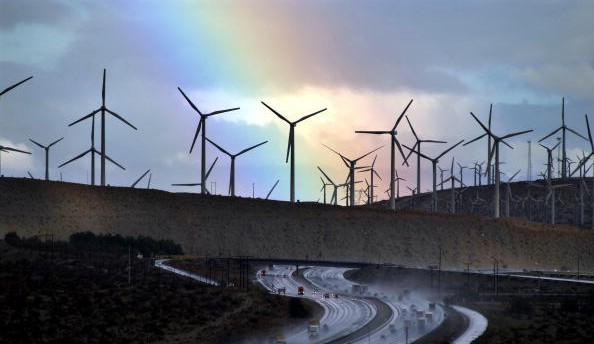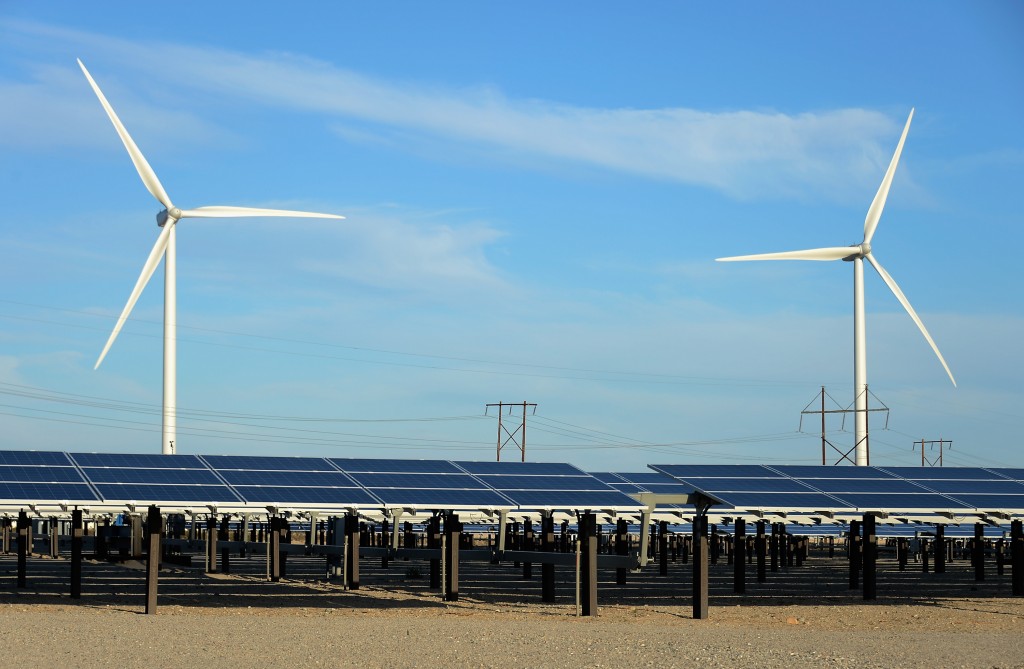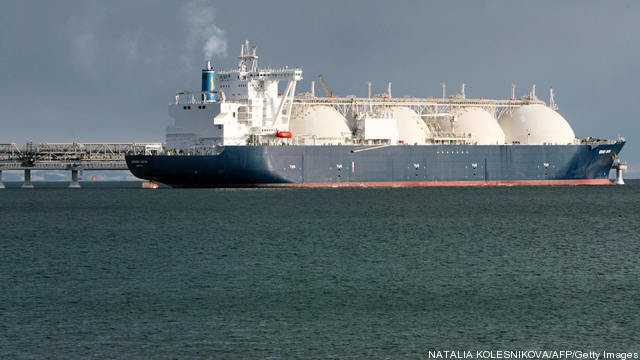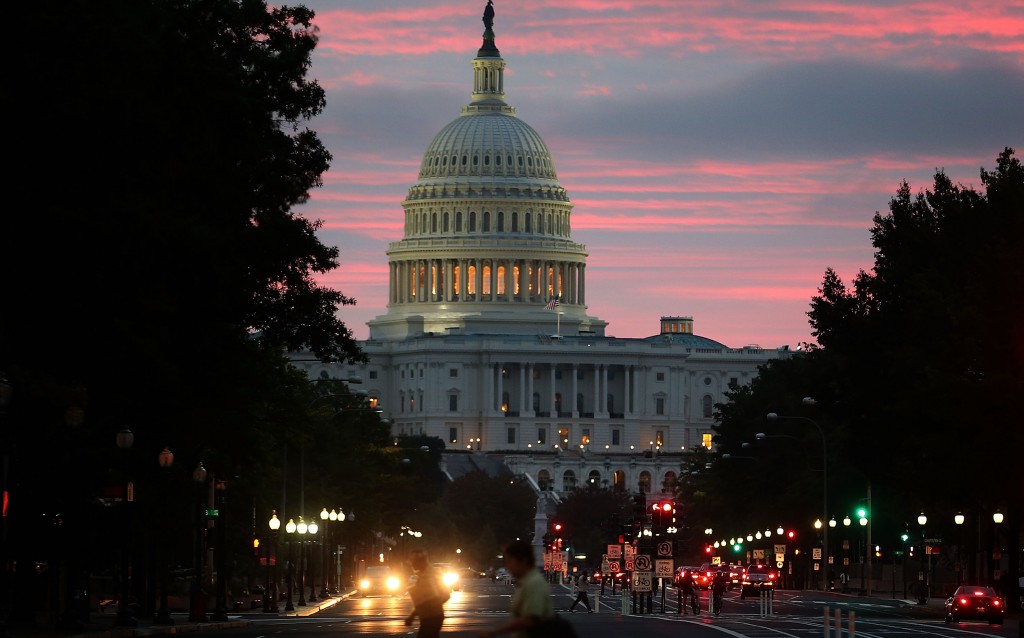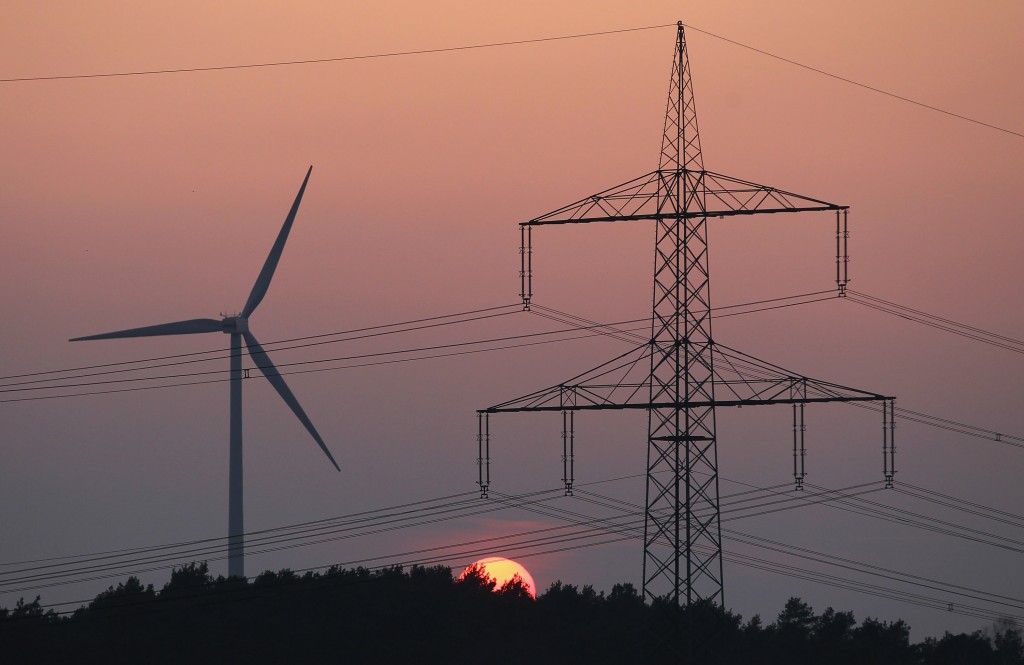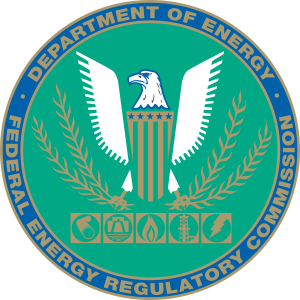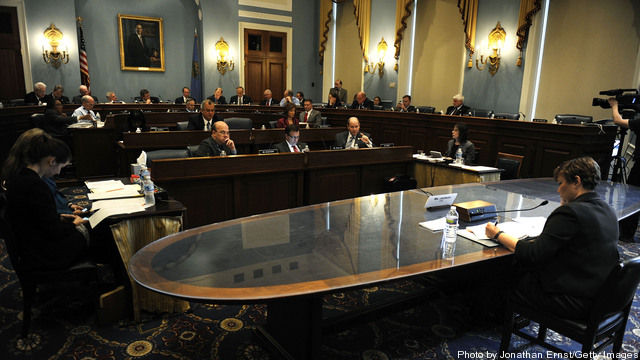In 2015, the Federal Energy Regulatory Commission (FERC) will address many of the most serious challenges the electric industry faces in multiple proceedings that will be closely followed by industry participants. Those challenges include the retirement of substantial portions of the nation’s generation fleet and the changing composition of that fleet due to the increased use of natural gas and renewable resources.
ferc
Emerging Issues In The Federal Regulation of Electricity Markets
By William Conway, John Estes III, John Moot, Clifford (Mike) Naeve, Paul Wight | Skadden, Arps, Slate, Meagher & Flom LLPSign up and get Breaking Energy news in your inbox.
We will never sell or share your information without your consent. See our privacy policy.Abundant Gas Supplies Spur New Pipeline Construction
By Samuel GlasserAs 2015 is ushered in, about 40 U.S. pipeline projects are in various stages of development for receiving natural gas from the Marcellus and Utica shales, including six that came on line in 2014. All together, the projects represent more than 33 billion cubic feet (Bcf) per day of capacity and about $20 billion of… Keep reading →
U.S. renewable power continued to grow in 2014, with preliminary federal data showing almost exactly half of the year’s new installed capacity coming from renewable sources. The Federal Energy Regulatory Commission reported on Thursday that 15,384 megawatts of new generation went into service in 2014, and 49.9 percent of that came from wind, solar and… Keep reading →
Given the number of LNG export licenses issued to projects that are likely to proceed, Black & Veatch has now raised its forecast for LNG exports by 2020 from the U.S. and Canada to 10 to 14 billion cubic feet per day (Bcf/d). “Tens of billions of dollars in capital are targeted for the seven… Keep reading →
The LNG Permitting Certainty and Transparency Act would require DOE to make non-FTA LNG export decisions no later than 45 days after environmental review conclusion. On January 6, 2015, Sens. John Barrasso (R-WY) and Martin Heinrich (D-NM) introduced the LNG Permitting Certainty and Transparency Act to expedite the Department of Energy (DOE) decisions on liquefied… Keep reading →
Uncertainty Surrounding Demand Response Continues into the New Year
By Suedeen Kelly | Akin Gump Strauss Hauer & Feld LLPMany issues facing FERC in 2014 have carried over to 2015. Topping the list is the uncertain future of demand response in wholesale electricity markets. Demand response’s future hinges on decisions at FERC, in the federal courts, and now in Congress. Last May, the D.C. Circuit voted 2 to 1 that FERC lacks jurisdiction over demand response in wholesale energy markets. This unexpectedly broad ruling rocked the electric industry, which had thought the court would merely rule on the reasonableness of FERC’s demand response compensation scheme. FERC asked all the D.C. Circuit judges to rehear the “EPSA decision,” but they declined to do so. On January 15, the U.S. Solicitor General will file a petition for a writ of certiorari with the Supreme Court, asking it to review EPSA. Others, including demand response providers and state public utility commissions, will also seek Supreme Court review. It is, of course, uncertain whether the Supreme Court will grant the petitions, and if it does, whether it will reverse EPSA.
Utilities Should Avoid Over-Investing When Integrating Renewable Energy Into Their Grid
By Jon PietruszkiewiczUtilities exploring ways to integrate their renewable energy sources into their existing fleet should carefully examine the costs and characteristics of the many flexibility options at their disposal. This advanced planning can greatly reduce their investment needs, according to Jon Pietruszkiewicz, Project Manager, Black & Veatch. “Our message to utilities concerning their variable energy renewable… Keep reading →
Federal Proposal to Update Natural Gas Transportation Market Would Benefit Environment
By Environmental Defense Fund Energy Exchange BlogHow much does the design of America’s energy market affect the environment? More than one might expect. Last week, the Federal Energy Regulatory Commission (FERC), the agency responsible for regulating the wholesale natural gas and electricity markets, issued a proposed policy statement designed to encourage pipeline operators to replace their leakiest equipment: compressor stations. Reciprocating compressors are… Keep reading →
FERC Adopts Grid Physical Security Reliability Standard
By Todd Griset | PretiFlahertyAs expected, federal regulators have approved a new physical security standard for the high-voltage electricity grid.
On November 20, the Federal Energy Regulatory Commission approved Reliability Standard CIP-014-1 (Physical Security). The standard, proposed by Commission-certified Electric Reliability Organization North American Electric Reliability Corporation (NERC), is designed to enhance physical security measures for the most critical parts of the nation’s “bulk-power system,” the high-voltage backbone of the nation’s electric grid.
Recent Regulations Prompt Revamped FERC Pipeline Cost-Recovery Policy
By Mark Haskell, Levi McAllister | Morgan LewisFERC proposes to establish a framework that allows pipelines to use surcharge or tracker cost-recovery mechanisms to accelerate system improvements associated with new safety and environmental compliance regulations.
On November 20, the Federal Energy Regulatory Commission (FERC) issued a proposed policy statement setting forth guidance that, if adopted, would permit natural gas pipelines to use cost trackers or surcharges to recover certain costs that pipelines incur in connection with facility and infrastructure upgrades undertaken in response to regulatory requirements.[1] Comments will be due within 30 days of the date the notice is published in the Federal Register.
